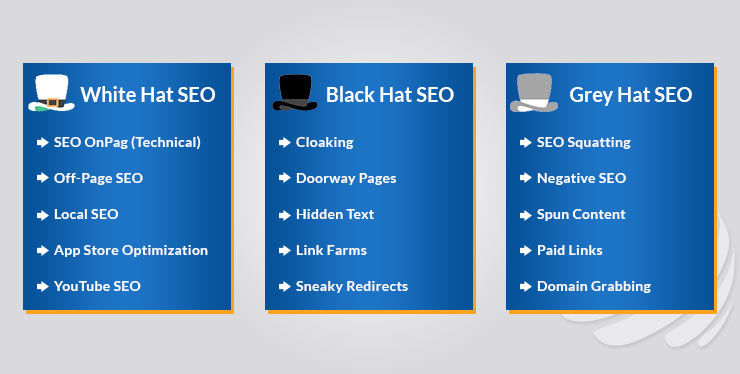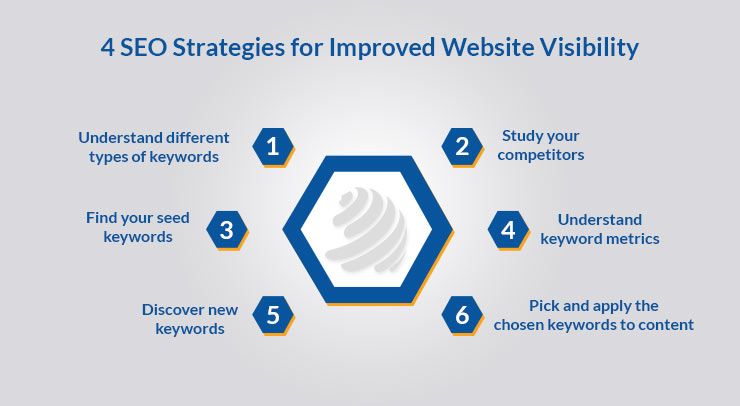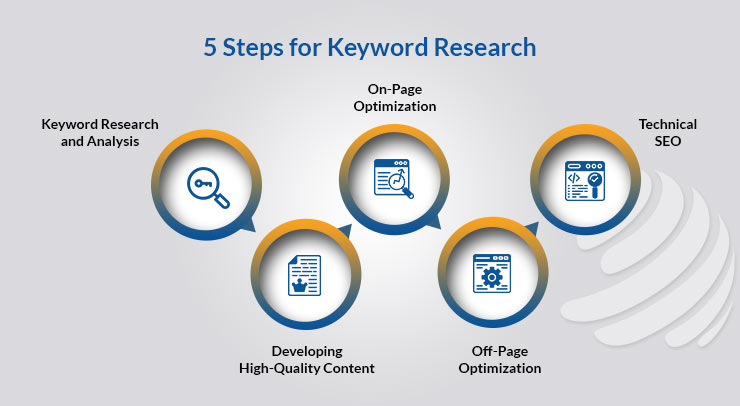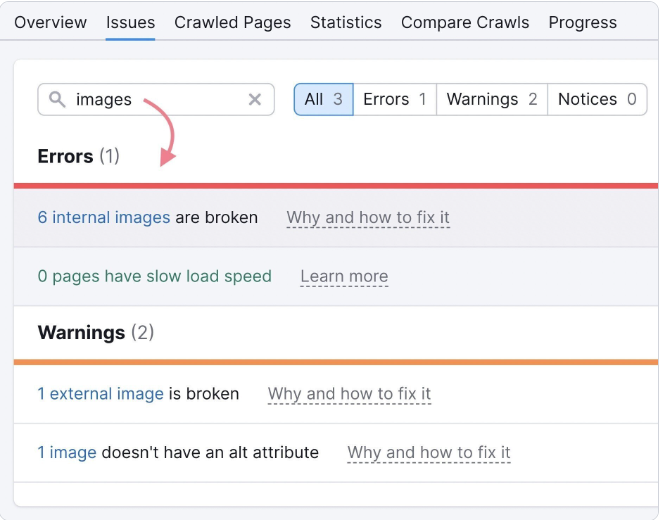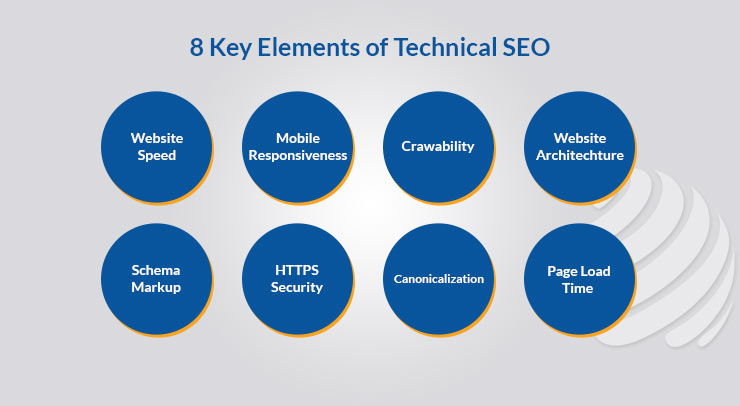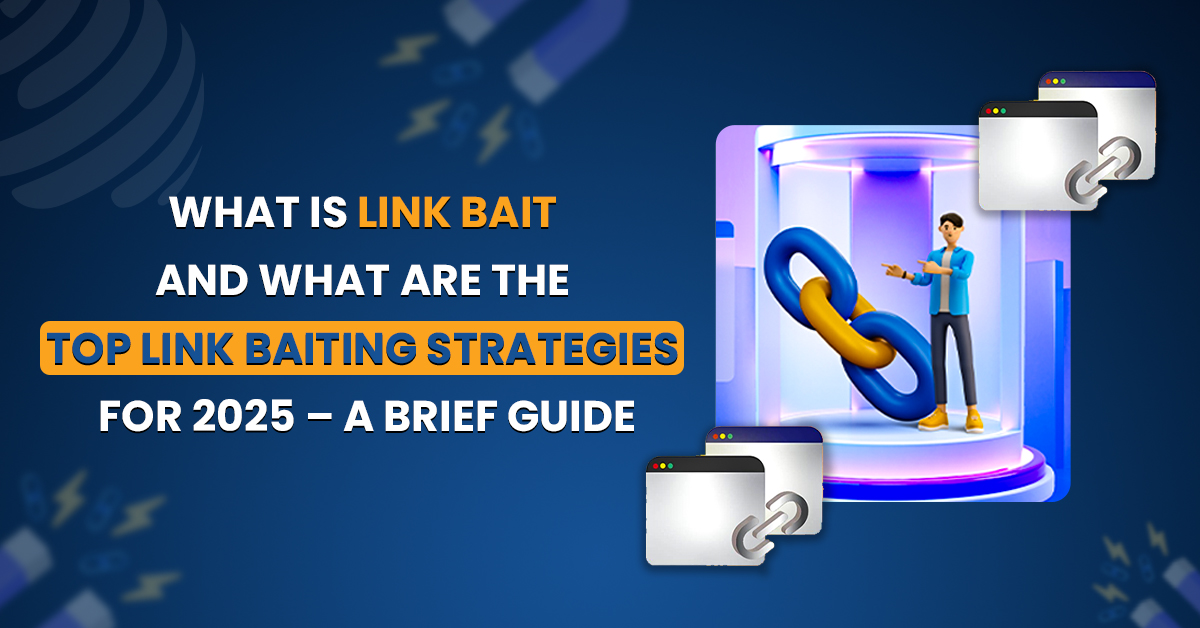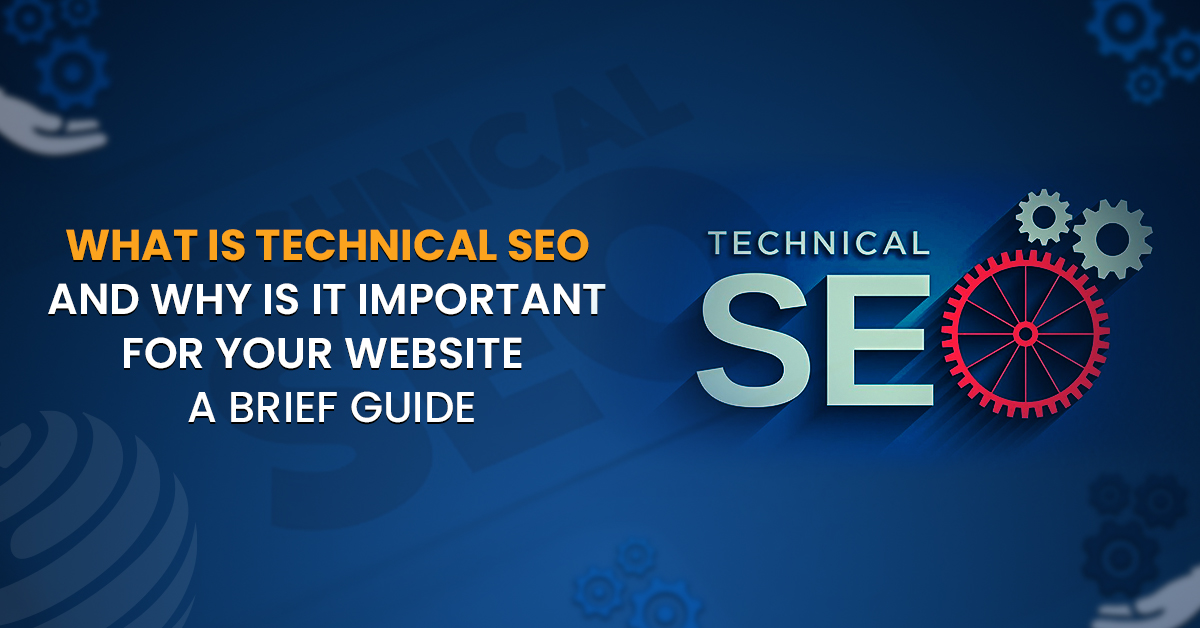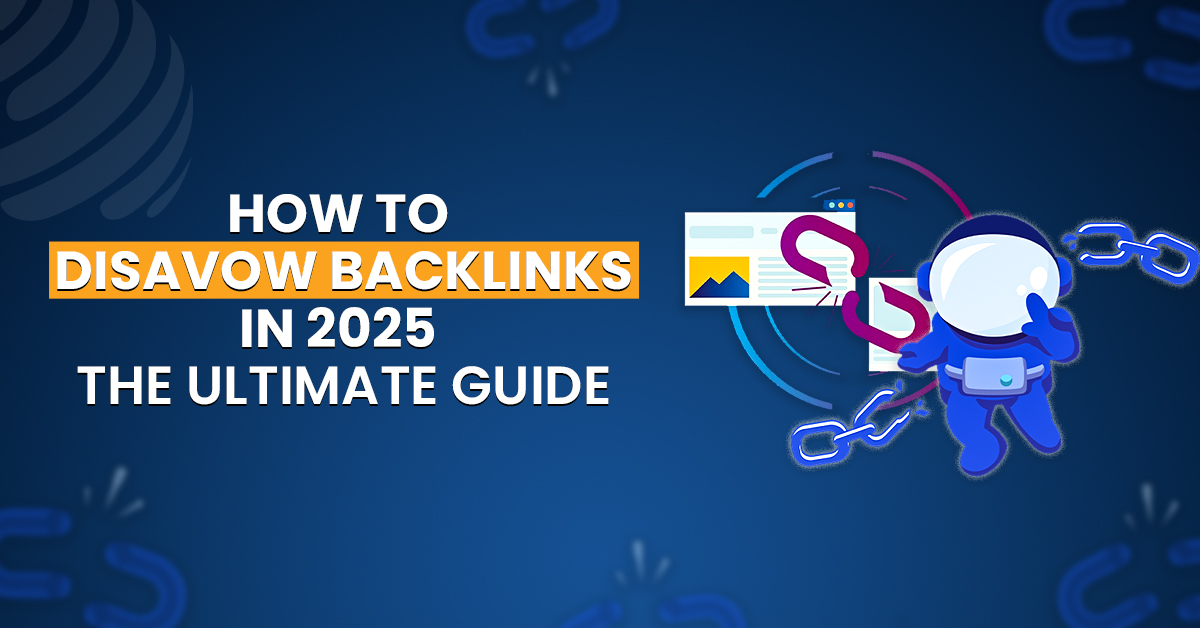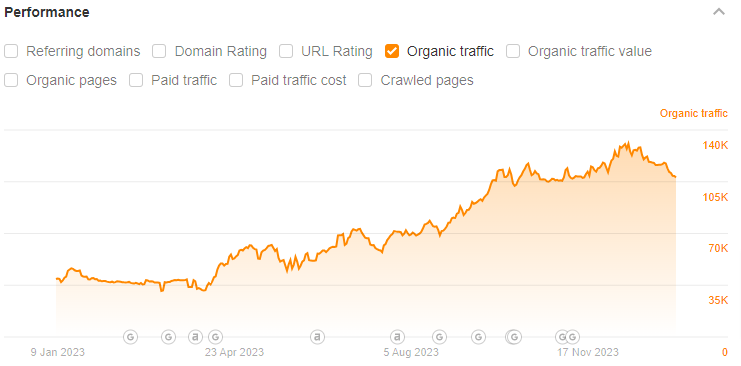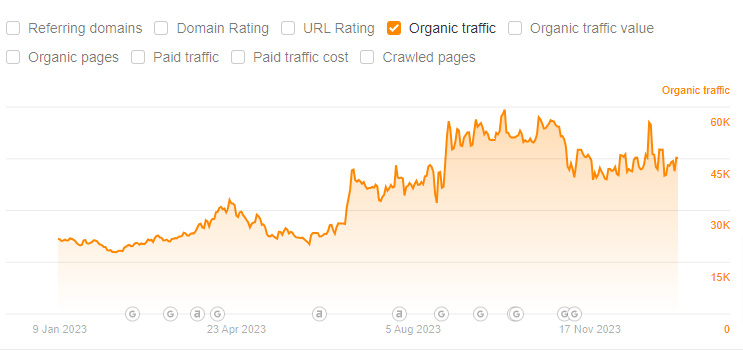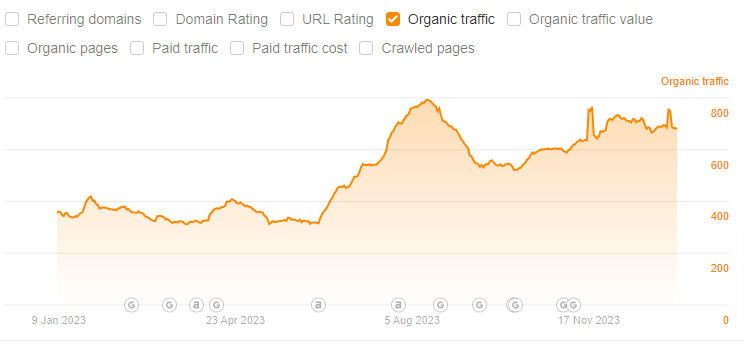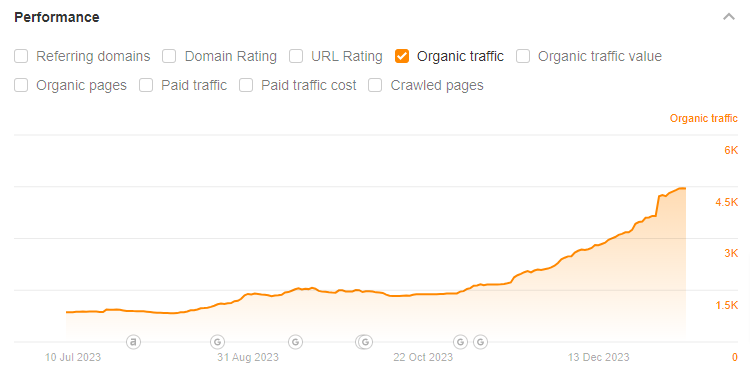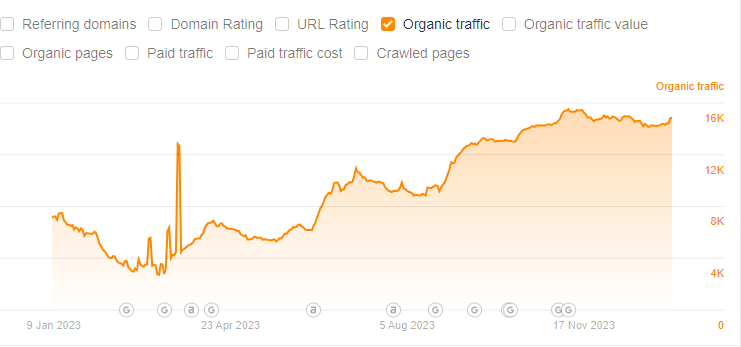SEO strategies and techniques have been evolving since its invention in the early 90s. Since then, there have been a lot of changes and updates.
While black hat SEO strategies were a common hack to steal search engine rankings in the early 2000s, the SEO world was stirred when Google began rolling out major updates to implement quality control measures on SEO strategies and tactics.
First came the Panda update to crack down on duplicate, thin, and plagiarized content, along with keyword stuffing and spamming. Then, it was the Penguin update to clamp down on spammy, irrelevant, and manipulative content.
Fast forwarding to 2024, SEO has changed a lot, with search engines now operating on smart algorithms. If you want to increase your website’s visibility in this era, here are some SEO strategies and tactics you should know about.
30-Second Summary
There are several SEO strategies and tactics you can follow to improve your website’s search engine performance. These include keyword research, on-page optimization, off-page optimization, and technical SEO, to summarize them all. All you have to do is make sure to stick to white hat SEO practices and increase your website’s SEO in a more natural way.
What are White Hat, Black Hat, and Grey Hat SEO Strategies and Tactics?
Based on their performance and penalties by search engines like Google, SEO strategies are divided into three categories, i.e., grey hat, white hat, and black hat SEO techniques. Read below to find out what’s the difference between these three types of SEO strategies.
-
White Hat SEO Techniques
White hat SEO strategies include ethical and legitimate practices that align with search engines to improve a website’s ranking and user experience. Almost all of the white hat strategies are focused on creating valuable content for users and adhering to search engine guidelines.
These are the strategies that take time to improve your website’s rankings, but these rankings are for the long term and don’t get penalized by Google and other search engines.
The benefit of these SEO strategies is long-term sustainability, trustworthiness, and a solid reputation within search engines that results in consistent and enduring website visibility.
Examples and Best Practices
The first and foremost practice among white hat SEO techniques is quality content creation. You will need to develop original, valuable, and relevant content that fulfills user intent and isn’t focused on getting search engine rankings.
These strategies also involve strategic and contextual placement of relevant keywords while maintaining natural language flow. Improving site navigation, user experience, and mobile responsiveness also fall under white hat SEO strategies.
Moreover, you will need to focus on building high-quality backlinks even from fewer sources instead of low-quality backlinks from numerous sources.
-
Black Hat SEO Techniques
Black hat SEO techniques are the bad guys that eventually get caught. These techniques involve using manipulative and deceptive practices to boost website rankings quickly. However, these techniques violate search engine guidelines and can lead to severe penalties, including getting your site de-indexed.
In the past, it has happened with many sites across the web that were creating search-engine-first content not focused on helping users and were also involved in shady link-building practices.
Examples and Consequences
Excessive and irrelevant use of keywords among content to manipulate search results and showing different content to search engines and users are some of the leading black hat SEO practices. Obtaining links through spammy sites and link farms also falls into black hat SEO practices that are not encouraged by Google and other search engines.
When these practices result in instant gains in search engine rankings or backlinks, they come with severe penalties, including the loss of rankings, traffic, and even bans from search engine indexes.
-
Grey Hat SEO Techniques
Grey hat SEO techniques fall in between white and black hat practices. These techniques often utilize practices that could be considered borderline unethical or manipulative.
These methods might not directly violate guidelines but could still raise ethical concerns or lead to penalties and several consequences from search engines after specific updates in the future.
Examples and Considerations
As mentioned, grey hat SEO techniques are completely unethical and include practices like:
- Buying and utilizing aged domains to have an organic-looking backlink profile
- Rewriting content to appear original but lacking value in it
- Creating clickbait headlines or content to attract clicks.
It is true that these techniques will provide you with short-term benefits, but they come with an equal share of risks. Search engines constantly update and refine their algorithms to penalize such tactics.
So, the question is, what course of action is best in all this? The short answer is only stick to white hat practices. They may take some time to show results, but these results are for the long term.
Effective SEO Strategies and Tactics for Improved Website Visibility
Now that we have learned everything about the types of SEO strategies, let’s move on to find what are the strategies that can help you gain better visibility on search engines. Remember that in order to rank better on search engine results pages, you will only have to adopt white hat SEO strategies.
All the strategies we are mentioning below are white hat strategies that can actually help you in your efforts.
-
Keyword Research and Analysis
Keyword research and analysis is the first thing you will need to do when trying to improve your website’s visibility on search engines. There are several tools and techniques that can help you with this part.
For example, in order to perform keyword research, you can utilize tools like Google Keyword Planner, SEMrush, or Ahrefs to identify relevant and most used keywords in your industry or niche. The best practice while doing keyword research and analysis is to analyze your competitors’ keywords and search trends to identify potential opportunities.
Also, make sure to include long-tail keywords that will focus on specific and less competitive phrases to target niche audiences.
-
On-Page Optimization
On-page optimization is the most important SEO strategy prioritized by all search engines at present. During on-page optimization, you will need to focus on developing high-quality, informative, and engaging content that addresses the needs of users and answers their queries.
When publishing content, you will need to strategically place the filtered keywords in page titles, headings, meta descriptions, and throughout the content. Make sure the keywords are relevant to the content you are writing and are placed contextually throughout the content.
Along with these things, also focus on creating clean and descriptive URLs that are clean and descriptive to help both search engines and users know what the page is about.
Optimize for Image SEO
On-page SEO is not just about optimizing the onsite content. It also includes optimizing images to get more traffic from search engines. To optimize your onsite images for SEO, you will need to use descriptive file names for images, add descriptive alt texts, compress images, and create an image site map.
These things will improve your website’s loading speed, as well as add to your overall authority. To check if all images on your website are optimized, you can run a site audit using SEMrush site audit tool. Here you can see all the issues regarding images on your website.
-
Off-Page Optimization
While on-page optimization carries the primary importance in improving the search engine performance of your website, off-page optimization should also be added to your SEO strategy. In terms of off-page optimization, be sure to focus on building quality backlinks from authoritative and relevant websites within your niche.
These links can be built by contributing guest posts to reputable sites, niche edits, converting brand mentions into links, and investing in PR. Utilizing social media to improve your content reach and increase engagement can also contribute towards improving your off-page SEO.
-
Technical SEO
Technical SEO is related to identifying the technical mistakes in your site’s structure and speed and correcting them following the best practices. You will need to start by ensuring quick page loading times to improve user experience on your site and boost search engine rankings.
Also, pay special attention to making your website design mobile responsive to ensure it opens perfectly on various devices.
In terms of site structure and navigation, you will need to create sitemaps that can help search engines crawl and index website pages efficiently. Also, create a clear and strategic site structure with proper internal linking to make the navigation easy for users.
By implementing these strategies, you can lay a solid foundation for improving your website’s visibility and search engine rankings.
SEO Monitoring Tips and Strategies
Now that you have done everything in your hand to increase your website’s visibility and authority, you will need to keep monitoring your efforts to see if there are any considerable results. To do this, follow some of the SEO strategies and tactics for monitoring your progress.
-
Set Clear Objectives and KPIs
You can only monitor your SEO success over time if you first set clear objectives and KPIs to measure your success. In this context, you can work towards setting specific targets for organic traffic volume and its sources, including keywords and referral sites.
Also, establish specific goals for conversions, leads, sales, or other desired actions you have in mind. You can then use these metrics to find how your website is performing in search engines and what changes you further need to make.
-
Use Tools for SEO Monitoring
There are several tools you can utilize to monitor the metrics you had aimed for. For example, you can use Google Analytics to monitor website traffic, user behavior, and acquisition channels. This tool also helps you track conversions and see which source they are coming from.
Moreover, there are some other SEO tools like SEMrush, Ahrefs, or Moz to track your website’s rankings for specific keywords and phrases. SEMrush will also help you assess the quality and quantity of backlinks, so you can then analyze which strategies are performing well so far.
-
Ensure Regular Audits
Along with the keyword and backlink checks, you will also need to perform regular website audits to see your progress over time. This includes auditing site speed, mobile-friendliness, and crawl errors in technical aspects. Also, make sure to assess the performance of existing content to identify any areas for improvement.
Conclusion
There are several SEO strategies and tactics you can utilize to make your website perform well in search engines. However, you will have to pursue them in the right way by following only white hat SEO techniques. Following this approach may take some time but the results will be worth the effort. All you have to do is give your best and then regularly keep monitoring the success of your strategies by using the right tools and techniques.
Frequently Asked Question
Question 1. How long does it take to see results from SEO efforts?
SEO is an ongoing process, and results can vary based on various factors such as competition, website history, and the chosen strategies. Generally, significant improvements may take several months, but some optimizations can provide you with quicker results.
Question 2. Are there any SEO strategies that are considered universally effective?
White hat SEO strategies, such as creating high-quality content, improving website usability, and obtaining natural and relevant backlinks, are universally acknowledged as effective and results-driven practices.
Question 3. How can I effectively build high-quality backlinks for my website?
Focus on creating valuable and shareable content that naturally attracts backlinks. You can also reach out to authoritative websites for guest posting, collaborations, or partnerships to acquire high-quality backlinks.
Question 4. What role does content play in SEO, and how can create the right content?
Content takes the center stage in SEO. No matter which strategy you are following, make sure to create helpful content that solves the queries of your users. This will help search engines understand that you are actually providing quality information, leading to improved SEO.
Question 5. Can SEO guarantee a top position in search engine rankings?
SEO efforts can improve rankings, but guaranteeing a top position is unrealistic due to various factors like search engine algorithms, competition, and user behavior. SEO focuses on improved visibility rather than promising specific rankings.
Question 6. Which metrics should I track to measure the success of my SEO strategy?
Key metrics include organic traffic, keyword rankings, conversion rates, bounce rates, backlink quality, and engagement metrics like time on site to measure the success of your SEO strategy.
Question 7. How frequently should I conduct SEO audits for my website?
SEO audits can be conducted periodically. The best practice is to aim for at least once every quarter.


